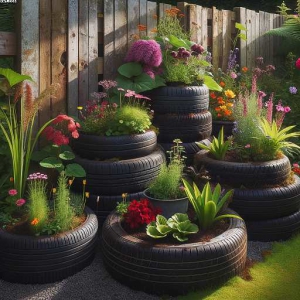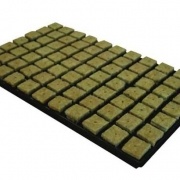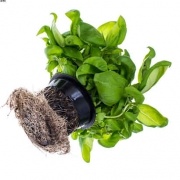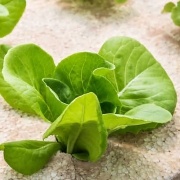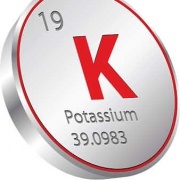Starting my Seeds in Rockwool
Starting my Seeds in Rockwool
Starting my Seeds in Rockwool
As I write this post we are at the back end of March 2021. The winter here in the North of England has been on the cool side with the odd milder day. Much different to last year when we had only a couple of frosts in the whole of winter! Even my outside “Basjoo Banana” plant survived with some of its leaves in tact.
However as I have said this winter was to be much colder. As you probably know then I have been growing most things all my life. Including, my favourite fruit the tomato’s. Now in my later years then I am trying out more difficult plants to grow and perhaps survive the English winter. Including, pot grown figs, lemons and other types of citrus trees and pomegranates.
The secret is keeping them over wintered!
Introduction to Hydroponics
My son in law works for a local Hydroponics store and since then I am becoming fascinated by the hydroponics method of growing things such as salads and herbs. This also includes tomatoes, of which I have successfully grown a full crop in the last growing year. So, this year will be my very first venture growing some different lettuce types starting of with rockwool cubes to germinate my seeds.
Rockwool is the stuff that is used in loft insulation to insulate our homes from the cold and is made out of highly heated molten rocks. This sounds strange but the rocks are heated until they melt and the resulting molten rock is spun to make the wool type threads. I suppose that it must look like molten volcanic rock when flowing down a volcano!
In fact it was first discovered around 1850 on the “Mauna Loa Volcano” on the island of “Hawaii”. Importantly, the use of rockwool for insulating buildings was first used in 1935.Followed by other uses including a great product for growing seedlings.
Rockwool stores water and oxygen
So, the rockwool cubes that we buy to start off our seedlings are perfect because they store enough water while providing oxygen to the newly planted seeds. Of course here in the UK we have just put our clocks forward for British summer time and the growing season “begins in earnest”. This week will bring our first daily temperature of over 20c. I cant wait to get started with my first ever planting of lettuce seed in the rockwool cubes. The ones I purchased were the SBS Grodan Cubes. So these cubes are 1.5 by 1.5 blocks in a 77 plug tray. Perfect for my requirements.
The cubes look a perfect size to me but you can cut them up smaller if you want t save money. I bought mine from the local “Hydroponics store” in nearby Wakefield. Before the seeds are sewn I will soak the correct number of plugs in water for a few minutes, before draining them after the soaking for a further 15 minutes. This gets rid of any excess water there may be in the plugs (cubes).
Sowing the seeds is just the same as in any sort of growing medium! A little tricky depending on the size of the seed, especially tiny lettuce seeds. I would normally just scatter lettuce seeds onto a tray of compost and then prick out the newly grown seedlings. However by taking a little time once the seeds are placed in the centre of the plugs then there is no need for any pricking out the seedling and causing the plants to stress.
Using a cocktail stick
Tiny seeds such as lettuce can be spread out on a piece of tissue paper for better observation and easier handling. So, I am then going to use a tooth pick or cocktail stick (Same thing), to ease a seed into the hole in he centre of the rockwool plug. When the seeds are all positioned then I will spray with a little water to moisten the seeds. I will then place a little “vermiculite” on top of the plug hole to seal the seeds inside.
The next stage will be to place the seeds in a tray and in a propagator for germination and then onto the next stage which I will cover in the next blog. The propagators come in many shapes and sizes and are available online at your local Hydrostore here in Yorkshire UK.
